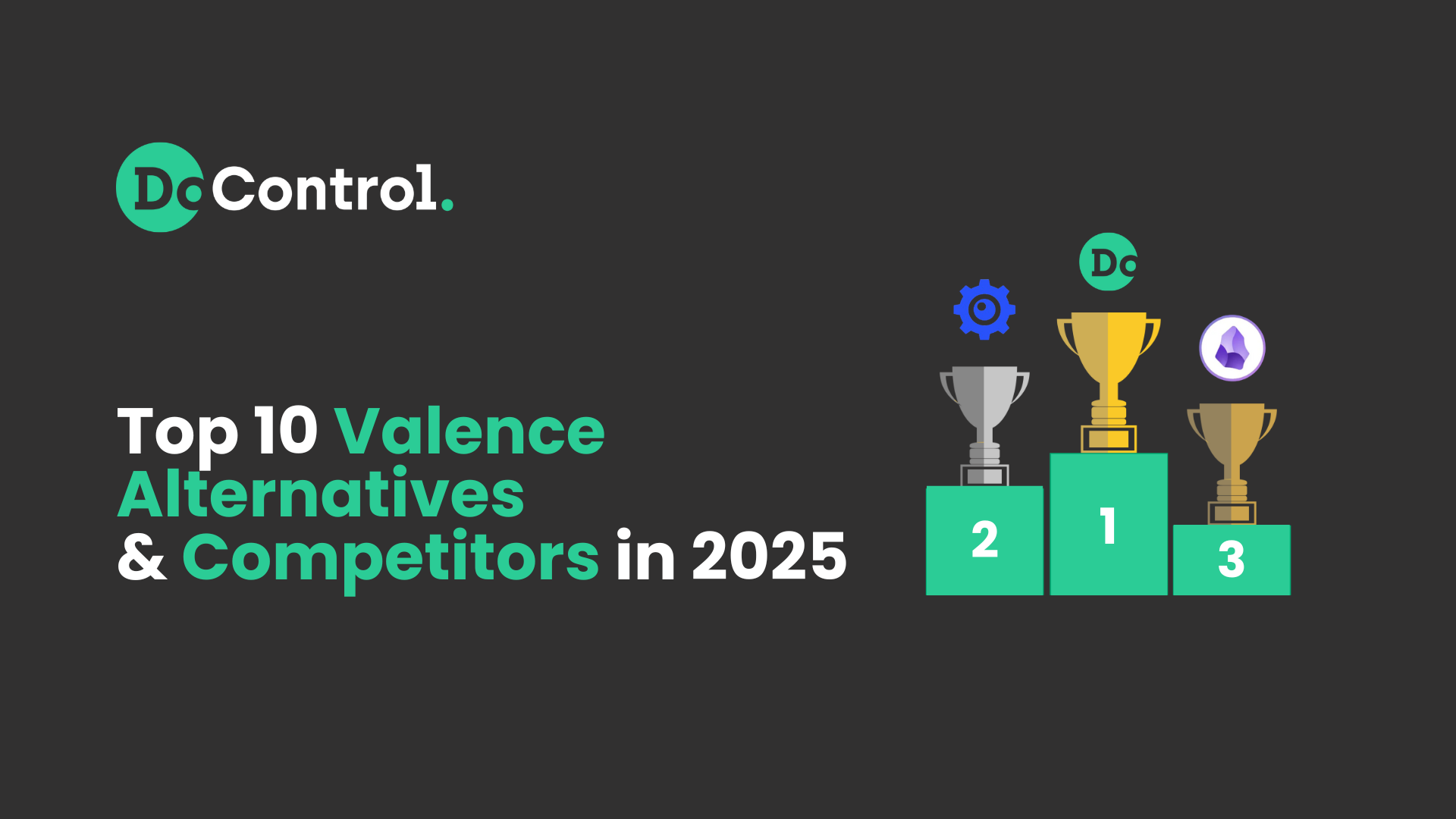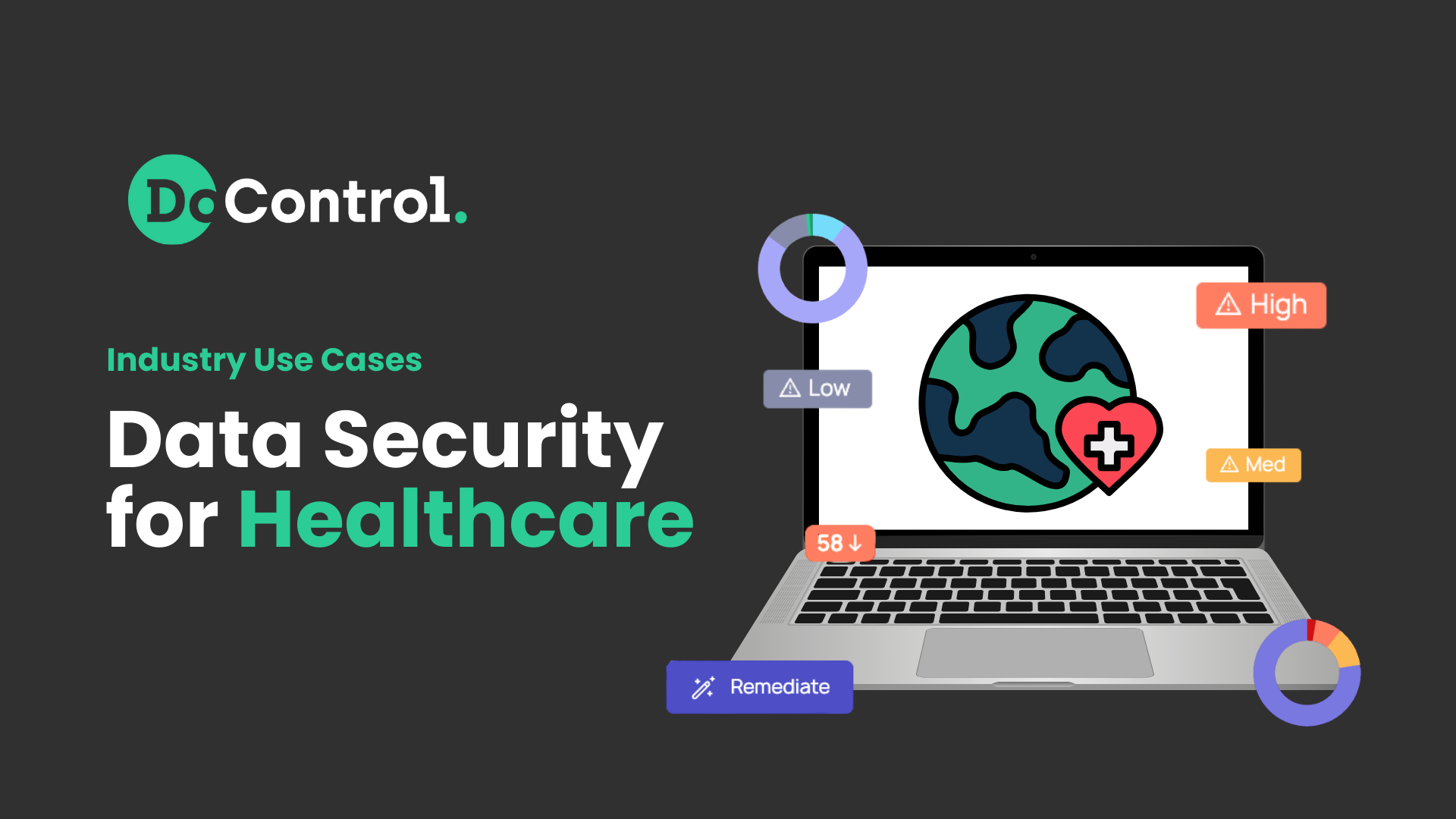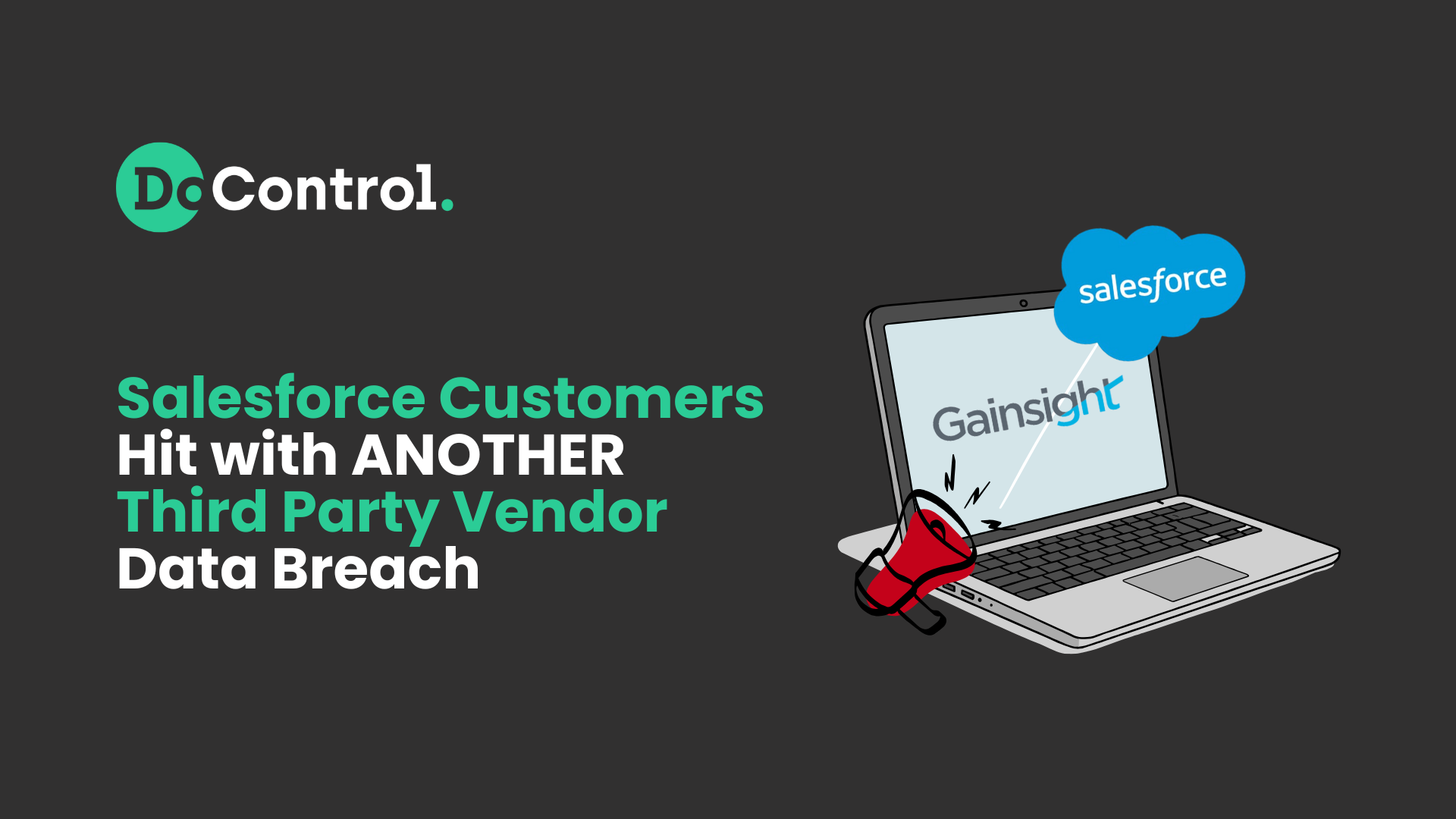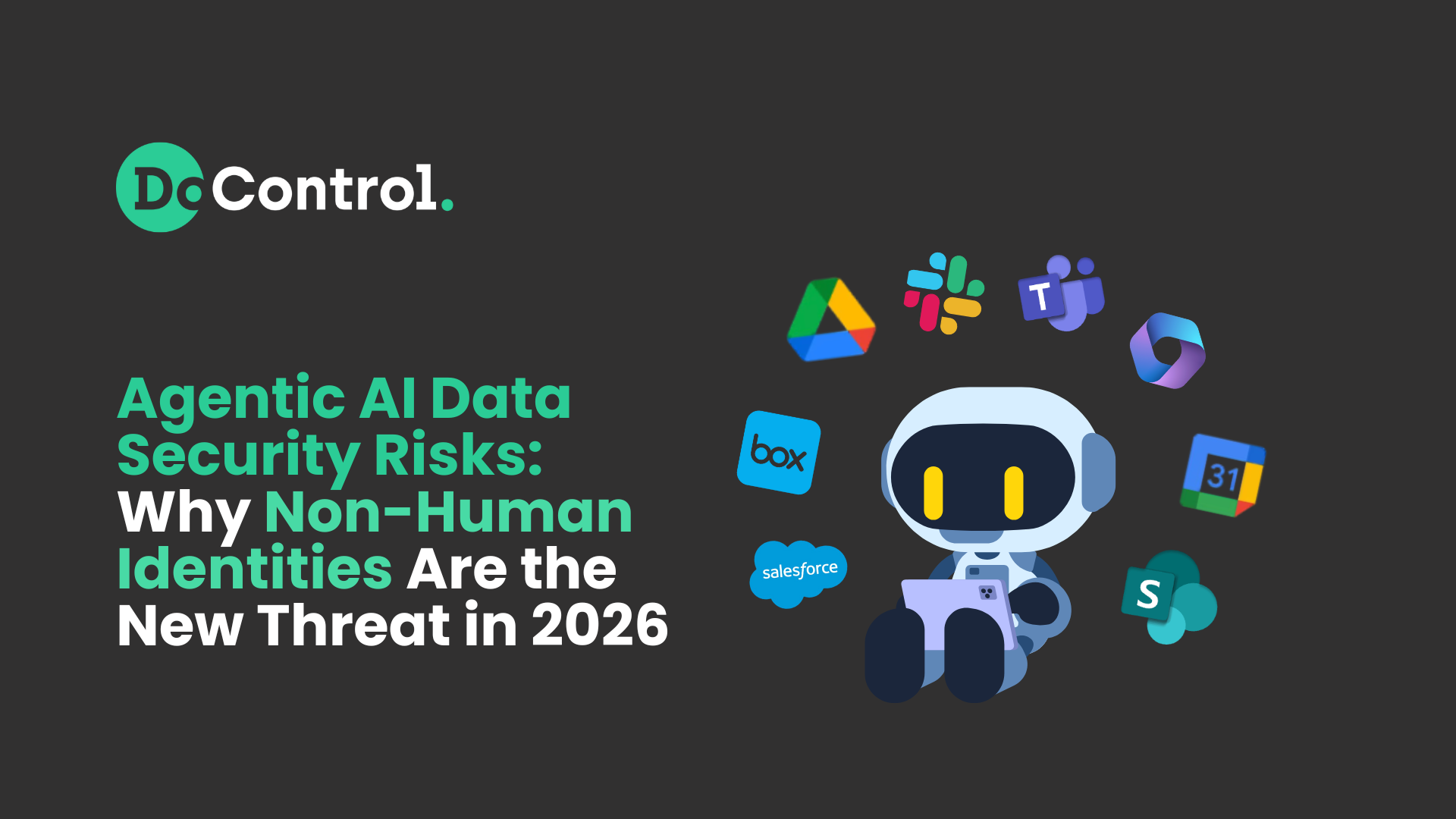
Valence Security is best known for securing modern SaaS ecosystems. The platform discovers SaaS applications and third-party integrations and analyzes posture and identity risks.
Security leaders value Valence’s misconfiguration mapping, visibility, and SaaS-to-SaaS / API security capabilities. However, many teams still evaluate alternatives to ensure the platform they choose aligns closely with their:
- Primary risk drivers - such as data exposure, identity abuse, or sprawling shadow SaaS
- Operational realities - including scale, granular controls, and automation preferences
With Valence, it’s important to note that while they are strong players in the misconfiguration space, when it comes to SaaS data security, it's less of their focus.
They provide strong configuration and identity visibility, but data access governance and DLP aren’t their primary focus.
Security teams whose top priority is granular, content-aware control (such as user and collaborator-level policies and specific data scanning parameters) often explore vendors that lead with data protection before layering in Valence’s broader configuration and integration insights.
That said, Valence still remains an excellent choice for organizations seeking visibility and protection across SaaS environments. This guide highlights the top 10 competitors teams most often consider alongside Valence - what they focus on, where they excel, and how the trade-offs compare - so you can build a comprehensive, resilient SaaS security program that covers all the bases.
1) DoControl
DoControl provides a comprehensive, context-rich approach to SaaS Security, delivering deep coverage across all five pillars. It excels in Data Access Governance, DLP, Shadow AI, and ITDR, making it a strong fit for organizations looking to reduce sensitive data exposure with precision and scale.
Focus Area(s): Data Access Governance, DLP, Shadow AI, Shadow Apps, ITDR
Top Customers: Colgate-Palmolive, Snap Inc., Databricks, Sanmina, Datadog
Pros
- Contextual visibility combining SaaS data, user behavior from HRIS/IdP systems, and content scanning.
- Granular and scalable remediation for both historical and real-time exposure through flexible, automated workflows.
- Real-time, scalable data architecture designed for large enterprise environments.
Cons
- Misconfiguration coverage is growing but currently limited.
- Compliance framework support is still expanding.
- No browser extension analysis within the Shadow AI/Apps module.
2) AppOmni
AppOmni specializes in SaaS posture and configuration management, with a strong focus on securing application settings and third-party integrations. It’s widely adopted by large enterprises for reducing configuration drift.
Focus Area(s): SSPM at depth, configuration drift control
Top Customers: Sprinkler, DLA Piper, Rightmove, Fanduel, BlueOcean
Pros:
- Robust SaaS configuration and posture controls
- Extensive integration list with core SaaS platforms (e.g., Salesforce, M365)
- Strong reputation in the enterprise market
Cons:
- Limited visibility into user activity and data flow
- Lacks detection/response capabilities
- No remediation for exposed data
3) Obsidian Security
Obsidian fuses posture management with analytics. Obsidian merges SSPM with UEBA (User & Entity Behavior Analytics) to detect threats within SaaS platforms. It acts as a security intelligence layer, especially around insider risk.
Focus Area(s): Misconfigurations, Shadow Apps, Insider Risk Management
Top Customers: Seagate, Databricks, PureStorage, Upwork, Snowflake
Pros:
- Effective insider threat detection via UEBA
- Solid misconfiguration detection across a wide app range
- Behavioral visibility across accounts and apps
Cons:
- Limited remediation capabilities
- Weak data inventory and shadow app insights
- Less focus on posture/configuration enforcement
4) Adaptive Shield (Crowdstrike)
Adaptive Shield is an SSPM with wide connector coverage and straightforward deployment for posture hygiene across many SaaS apps. Acquired by CrowdStrike, Adaptive Shield offers SSPM capabilities with a strong emphasis on compliance, app hardening, and posture analysis.
Focus Area(s): Broad SSPM, Misconfigurations
Top Customers: Unavailable online
Pros:
- Broad SaaS configuration management
- Seamlessly integrates with the CrowdStrike XDR ecosystem
- Robust compliance reporting features
Cons:
- Limited ITDR or behavior analytics
- Development slowed post-acquisition
- Redundancy if not already invested in CrowdStrike
5) Spin AI
Spin.ai emphasizes backup, ransomware recovery, and app risk for SaaS platforms like Google Workspace and M365. It's uniquely positioned as a SaaS resilience and recovery tool.
Focus Area(s): Backup and recovery, Shadow IT
Top Customers: Toronto Metropolitan University, SADA, General Catalyst, GroupHugs, Cider
Pros:
- Built-in ransomware recovery and backup
- Strong third-party app and Chrome extension visibility
- Useful for business continuity use cases
Cons:
- Limited posture and configuration management
- Not focused on SSPM or threat detection
- Less suited for broader SaaS security operations
6) Grip Security
Grip focuses on discovering and governing shadow SaaS - including user-adopted tools that never touched procurement. Grip helps security teams regain control over SaaS sprawl and app proliferation.
Focus Area(s): Shadow IT
Top Customers: NFP, PDS Health, IPG, Believer, Endor Labs
Pros:
- Strong discovery of shadow and unmanaged SaaS
- Agentless, lightweight deployment
- Rapid SaaS inventory creation
Cons:
- No analysis or remediation for sensitive data exposure
- Lacks deep configuration management
- Minimal to no ITDR capabilities
7) Reco AI
Reco positions around AI-driven context for SaaS risk. They have grown due to their strong Misconfiguration capabilities and custom app support. While it's early in other areas, it has carved a niche around secure app configurations.
Focus Area(s): Misconfigurations, ITDR
Top Customers: Wellstar Health System, BigID, CSK, Ruby Life, BHG Financial
Pros:
- Broad app support for Misconfiguration coverage
- Automated custom app onboarding
- Behavior-based risk scoring
Cons:
- No remediation capabilities
- Limited feature set outside Misconfigurations
- No DLP, DAG, or Shadow AI capabilities
8) Varonis
Varonis is historically a data security leader (on-prem and cloud) with expanding SaaS coverage. Since extending into the SaaS world, they focus on permissions, access, and entitlements within apps like M365 and Salesforce.
Focus Area(s): Endpoint DLP
Top Customers: KMPT, TPMG, Penguin Random House, PizzaExpress, Zurich Insurance
Pros:
- Powerful visibility into file access and entitlements
- Mature platform with proven enterprise adoption
- Suitable for hybrid IT environments
Cons:
- Legacy UI/UX and deployment complexity
- High false-positive rate due to lack of context
- Expensive with limited coverage across modern SaaS
9) Push Security
Push aims to reduce SaaS risk via the browser and user workflows, nudging safer behavior where it originates.
Focus Area(s): User-centric SaaS risk reduction, browser-level insights
Top Customers: Unavailable online
Pros
- Lightweight approach to influencing behavior at the point of risk.
- Good at surfacing real-world usage that traditional tools miss.
- Complements SSPM by addressing the human layer.
Cons
- Not designed for deep configuration auditing across enterprise apps.
- Limited as a standalone solution for data governance at scale.
- Browser-dependent visibility varies by environment and user adoption.
10) Zscaler
Zscaler isn’t an SSPM vendor per se, but it often enters the conversation for SaaS access security - governing who can reach what and how it is inspected.
Focus Area(s): Zero Trust access, inline traffic inspection, threat prevention
Top Customers: Protegrity, MGM Resorts International, Micron Technology, Amplifon
Pros
- Robust inline controls, session security, and policy enforcement at scale.
- Complements app-level posture tools with access-layer protections.
- Strength in global footprint and enterprise-grade operations.
Cons
- Not a replacement for app-native configuration hardening or data governance.
- Needs careful integration with IdP and app-level tooling.
- Policy design is crucial to avoid friction for developers and business users.
Summary
While Valence has clear strengths, it also comes with natural trade-offs - as every SaaS security solution does. No single platform can solve for every niche use case or fill every gap within an organization’s broader security strategy.
There’s no such thing as a one-size-fits-all solution for data security. Each vendor brings distinct strengths, depth, and methodologies to the table. That’s why many organizations take a layered approach, combining multiple specialized solutions to achieve unified visibility, tighter control, and reduced operational risk.
When evaluating SaaS security providers, the goal isn’t to find a perfect tool, but rather to find a ‘fit-for-purpose’ partner - one that aligns with your organization’s priorities today while innovating toward the challenges of tomorrow.
DoControl represents this forward-thinking philosophy. We embrace a best-of-breed approach, combining data-centric visibility, contextual automation, and scalable remediation built for the realities of modern SaaS ecosystems.
For security teams navigating an increasingly complex SaaS landscape, DoControl stands out as a solution that’s both grounded in today’s needs and architected for the future.
Want to Learn More?
- See a demo - click here
- Get a FREE Google Workspace Risk Assessment - click here
- See our product in action - click here



